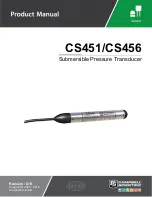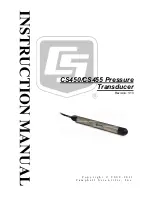
______________________________________________
HARRIS
888-9058-001
WARNING: Disconnect and lockout AC primary power prior to servicing
207
Testing of drivers may be done in a PA slot if the drive cable access loop on the
extender is removed and a external source of RF is applied (i.e. the standby exciter in
dual configurations).
NOTE:
IF YOU ATTEMPT TO OPERATE A PA IN A DRIVER SLOT, THE DRIVE
LEVEL WILL BE INSUFFICIENT TO COMPLETE THE TESTS.
8.5.2.1 Application of Drive
To test a driver module it is recommended to adjust exciter power to minimum before
applying RF in the configurations with only one driver in the path.
Install protective cover on the module and note the power output on the wattmeter. PA
module output should be in proportion to the others in the system. Check the repaired
module output power against other good modules.
8.5.2.2 Gain Check
Modules are tested for analog service and the Classic drivers and PA drivers have the
bias changed.
Analog PA gain is measured in factory test at visual frequency with carrier only
operating at 625 Watts.
Digital PA Gain is measured 600 watts average power.
Low band driver gain is measured at 30 Watts average power.
High band driver gain is measured at 150 Watts average power.
Turn off module and move the wattmeter to meter the input power. Turn on module and
using an element of appropriate range measure the input power. Turn off the module
and if needed move metering to the output, turn on module and measure output power.
Bird type wattmeters may have problems with digital power accuracy but the ratio may
be OK.
Calculate gain in dB using 10 log(P out/P in).
Since the driver input power is in mW, it will be necessary to use a power meter with an
appropriate range to measure input power.
All driver modules should have a gain of 35 dB +/-0.5 dB.
Low band PA modules should measure 18 dB minimum.
High Band PA modules should measure 13 dB minimum














































